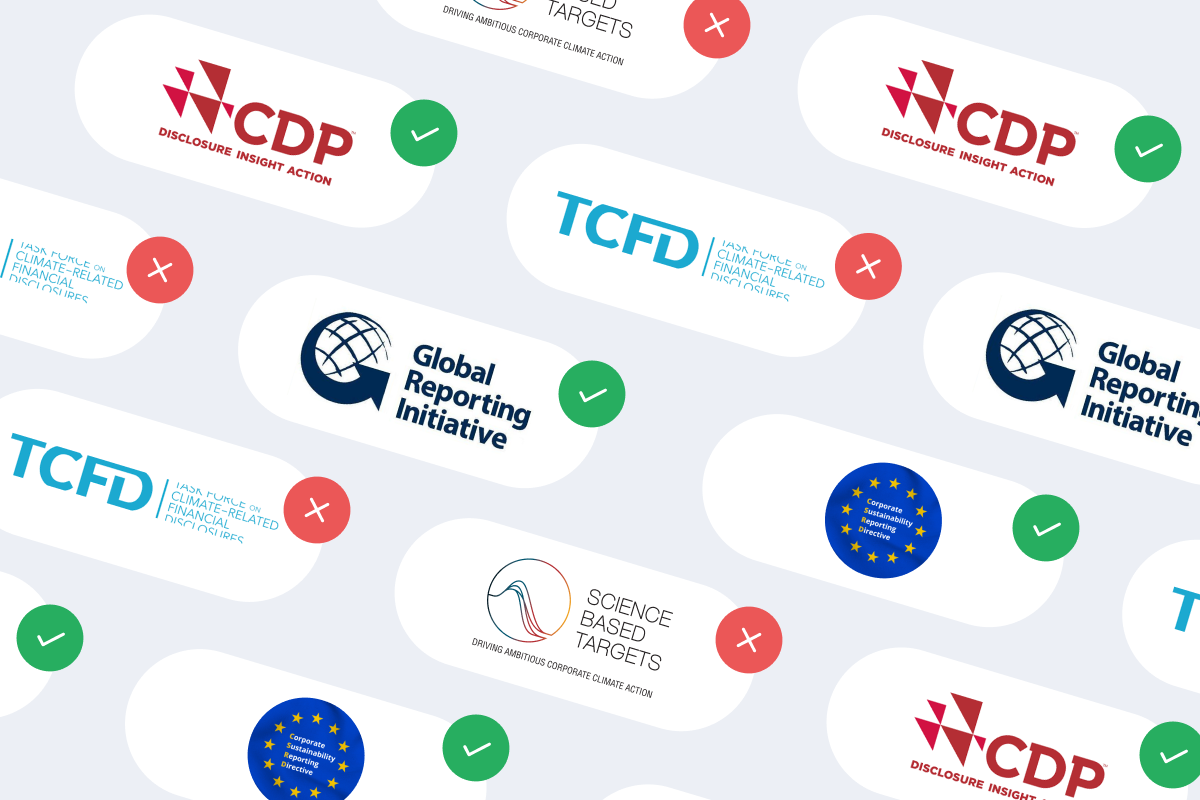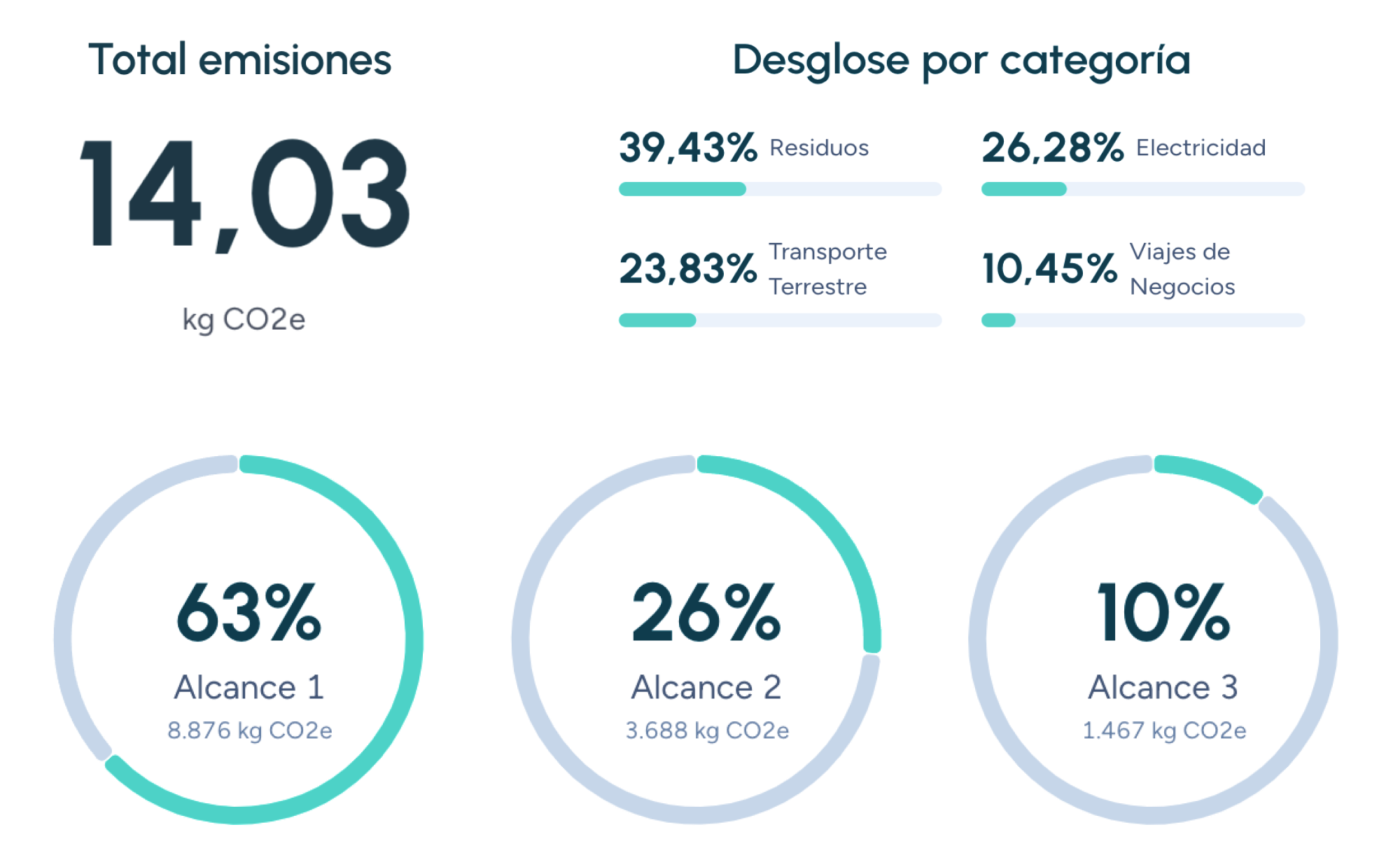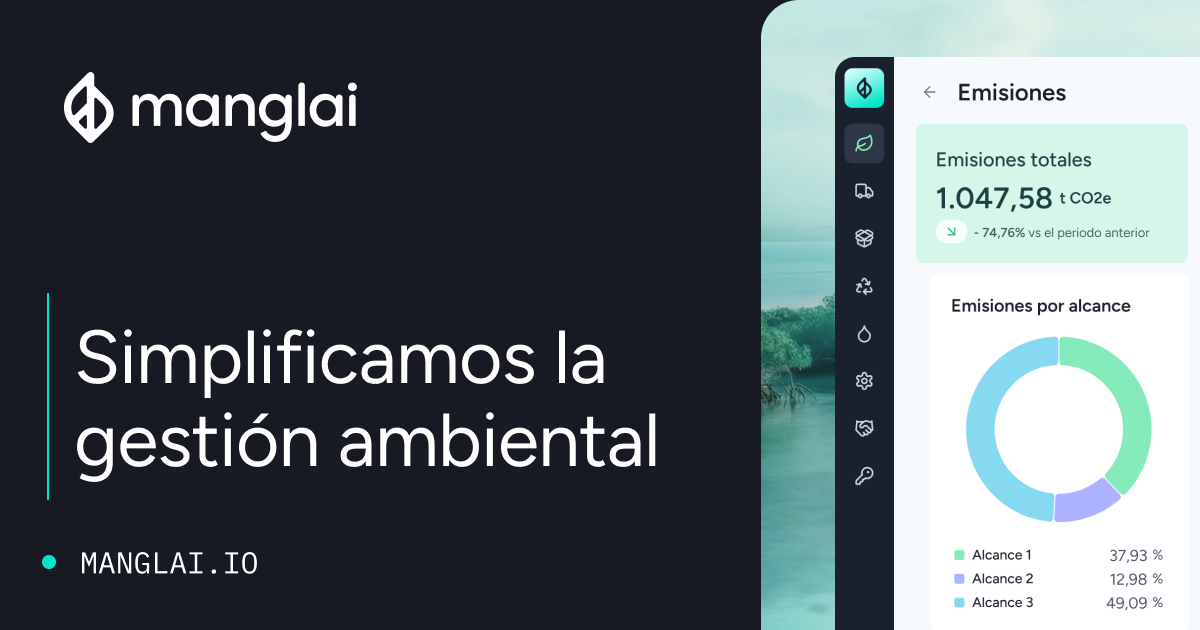E
ESRS S3 - Affected Communities
What is ESRS S3 – Affected Communities?
ESRS S3 is one of the standards developed by the European Union as part of the Corporate Sustainability Reporting Directive (CSRD). This standard focuses on how an organization’s activities impact affected communities, including aspects such as human rights, working conditions, access to resources, and environmental effects. Its primary objective is to ensure that companies identify, measure, and manage these impacts transparently.
One distinguishing feature of ESRS S3 is its emphasis on affected communities, which may include both local communities near the company’s operations and those indirectly impacted by its supply chain. For example, this could include indigenous communities, workers in developing countries, or populations affected by environmental pollution.
The relationship between ESRS S3 and the carbon footprint
A company’s carbon footprint not only impacts the environment but also human communities. For instance, carbon emissions contribute to climate change, leading to phenomena such as droughts, floods, and biodiversity loss, directly affecting local communities.
In this context, ESRS S3 complements other standards, such as ESRS E1 (focused on climate), by addressing the social impacts of carbon emissions. To comply with ESRS S3, companies must integrate carbon footprint measurement into a broader analysis that considers the social and economic effects of their activities.
Key components of ESRS S3
The ESRS S3 standard is structured around several key components that help companies identify and manage their impacts on affected communities:
1. Identification of affected communities
The first step to comply with ESRS S3 is identifying the communities that could be impacted by the company’s activities. This includes both local communities near the company’s facilities and those within its supply chain. For example, a textile company must consider the impact of its suppliers in developing countries.
2. Impact assessment
Once the affected communities are identified, the company must evaluate the specific impacts of its activities. This includes direct impacts, such as air or water pollution, and indirect impacts, such as community displacement due to infrastructure projects. According to ESRS S3, this assessment must be comprehensive and based on verifiable data.
3. Impact management and mitigation
ESRS S3 requires companies to implement measures to mitigate negative impacts on affected communities. This may involve reducing emissions, improving working conditions in the supply chain, or compensating for environmental damages.
4. Transparency and reporting
Finally, ESRS S3 mandates companies to report their impacts on affected communities transparently. This includes publishing detailed reports that comply with CSRD standards and can be audited by third parties.
Benefits of complying with ESRS S3
Compliance with ESRS S3 is not only a legal requirement for companies subject to the CSRD but also offers several strategic benefits, including:
- Enhanced corporate reputation: Companies that demonstrate a commitment to sustainability and social responsibility are more valued by consumers, investors, and other stakeholders.
- Risk reduction: Identifying and managing impacts on affected communities helps companies avoid social conflicts and legal sanctions.
- Access to sustainable financing: Many financial institutions prioritize companies that comply with sustainability standards such as ESRS S3.
- Contribution to the UN Sustainable Development Goals (SDGs): ESRS S3 aligns with several UN SDGs, such as SDG 13 (Climate Action) and SDG 16 (Peace, Justice, and Strong Institutions).
How Manglai can help companies comply with ESRS S3
Complying with ESRS S3 requires an integrated approach that combines impact measurement, management, and reporting. Manglai offers a range of functionalities to streamline this process:
For example, its impact analysis system and interactive dashboards allow companies to identify and visualize the effects of their activities on affected communities. Additionally, its ability to generate customized reports ensures companies can meet ESRS S3 transparency requirements.
Companies that trust us

AWARE (Available Water Remaining)
AWARE is a Life Cycle Assessment (LCA) characterisation method that weights the impact of water consumption according to the residual water availability in the local basin.
B Corp Certification
B Corp Certification is a global standard that validates companies for their commitment to sustainability and social responsibility, promoting practices that reduce carbon footprints and create a positive impact on society and the environment.
CBAM: EU Carbon Border Adjustment Mechanism
Analyse how the EU taxes imports according to their carbon footprint, the sectors affected, and the steps companies must take to prepare for 2026.
Guiding businesses towards net-zero emissions through AI-driven solutions.
© 2025 Manglai. All rights reserved
Política de Privacidad


